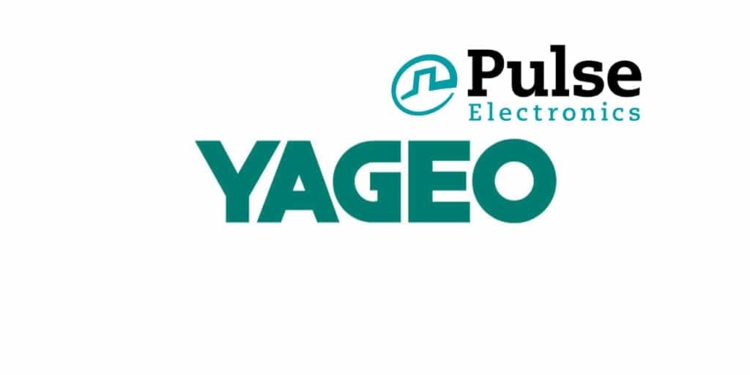Source: Pulse Electronics news
Yageo Corporation (“Yageo”), a listed company in Taiwan Stock Exchange, announced the acquisition of 100% of shares in Pulse Electronics in May 2018. The acquisition was completed in Dec. 2018. Henceforth, Pulse Electronics and its subsidiaries (together, “Pulse”) has formally become a part of the Yageo Corporation.
As we indicated before, the contracts, services, and resources available to our customers or suppliers will not be affected by this acquisition.
As many of you might know, Yageo is a leading global service provider of passive components. It has production facilities and sales offices in Asia, Europe and the Americas. Yageo provides one-stop-shopping for leading OEMs, distributors, and contract equipment manufacturers globally, and offers a completed product portfolio of resistors, capacitors, wireless and circuit protection components to meet diversified requirements of customers in automotive, industrial, telecommunications, power & energy industries.
Together with Yageo’s strong customer relationships and well established presence in Greater China, Pulse would be able to extend its sales coverage and strengthen its.customer services. We see many synergies exist in this acquisition, which would create a win-win situation for Yageo, Pulse, our customers and vendors.
Pulse will continue to provide a strong portfolio of products, and unmatched quality and customer service. As a part of a larger organization, we expect all of our customers and vendors to benefit from our enlarged scale and strengthen capabilities. We look forward to continuously servicing and working with you. Thank you.
Sincerely,
Dora Chang
Chairman of the Board of Pulse Electronics






























